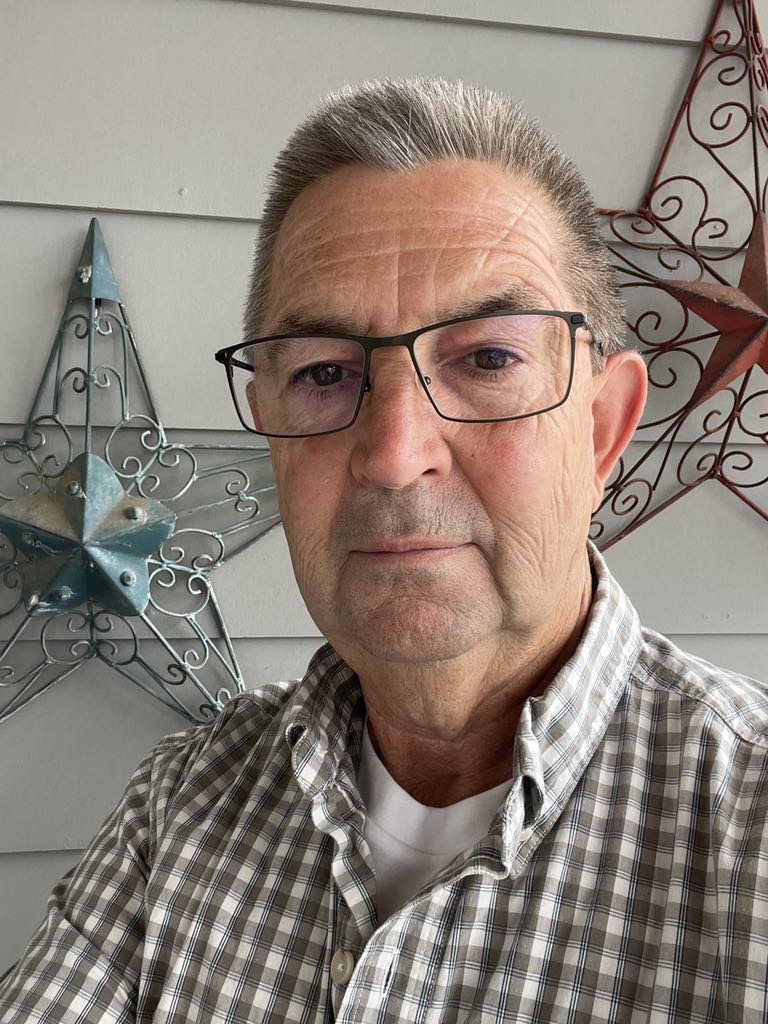Visit to Hiroshima Peace Park somber, surreal
Published 9:18 am Wednesday, September 27, 2023

- Gene Hays, in Oxford, Miss. on Monday, August 14, 2017. (Photo/Bruce Newman)
By Gene Hays
MSgt, USMC (Ret)
In the winter of 1973 I visited the “A Bomb Dome,” part of “Peace Park” in Hiroshima when I was a member of a squadron in the 1st Marine Corps Aircraft Wing, located in Iwakuni, Japan, about 60 kilometers to the south of Hiroshima.
The same day some school kids also visited the park. It was a surreal feeling, milling about with Japanese tourists, realizing the horrific loss of life, and yet everyone smiling, and kids wanting to practice their English on all the U.S. military and American civilians.
When entering the park, there were a handful of Japanese survivors displaying their severe wounds, burns, and other infirmities. They would reach out with a cup or bowl to anyone willing to drop some money in.
In the museum, the worst of the damages done to the city and its population (over 140,000 killed) were vividly displayed in pictures. The city was in ruins; over 67,000 out of 90,000 buildings were destroyed. All the transportation services and utilities were gone for varying lengths of time.
It was a somber time for anyone looking at the devastation; the dichotomy between American and Japanese and yet there were no stares of anger or sadness and no recriminations.
All the U.S. Marines were infinitely aware from their training of what the Japanese had done in the Pacific island campaigns and Pearl Harbor. All together I made a half dozen trips to Hiroshima, including going to their department stores downtown, where we could see the latest products from Sony and other electronic brands made in Japan.
On one of my trips, someone told me I should check out Hiroshima Castle. It seemed that each major town would have its own castle; much like a library or history repository.
I found, going back to World War 2, that the Japanese had situated over 100,000 of their Japanese Marines in anticipation of the American invasion. These Japanese Marines were some of the most vicious fighters in the world.
Like their counterparts that fought in all the island campaigns, they would fight to the death, no surrender. Had the U.S. invaded the Japanese mainland, the estimates for the American invasion casualties were 1.7 to 4 million U.S. casualties, including 400-800,000 U.S. dead, and 5 to 10 million Japanese dead.
Reportedly, during the unconditional surrender of the Japanese empire, the parties representing the emperor requested of General Douglas MacArthur that in the surrender requirements, Japan would never have an offensive military and that no nuclear weapons would be allowed in their country.
Gene Hays studied history at Pepperdine University, with distinction Colonial Latin American History. He can be reached by email: rghays47@gmail.com.




